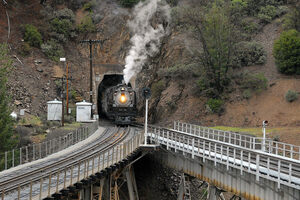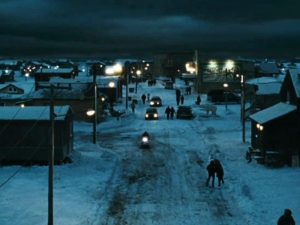
One of the greatest chapters in the history of United States westward expansion is the Transcontinental Railroad. The train allowed passengers and cargo to cross the country in a fraction of the time of wagons and stagecoaches. It also gave rise to the railroad tycoons and robber barons who had a virtual monopoly on transportation.
In 1903, the Western Pacific Railroad was created to compete with the Southern Pacific Railroad, which held the original transcontinental route over Donner Pass in the Sierras. George Jay Gould, himself the son of a baron, sought to create an alternate pass through the mountains via the Feather River Canyon. With the help of Chief Surveyor Arthur Keddie, work was completed in 1909.
To remain competitive, a northbound branch was created in 1930. This presented some challenges, and the Keddie Wye was the solution.
In railroading, a wye is defined as a triangular junction of tracks. The Keddie Wye is unique in that it’s the only wye in the world to have two legs elevated on bridges that meet in a tunnel. It’s a prime example of brute-force engineering used to conquer the natural world.
Western Pacific Railroad was eventually purchased by Union Pacific in 1982. The Feather River Route and the Keddie Wye remain vital links and are still in operation today.



